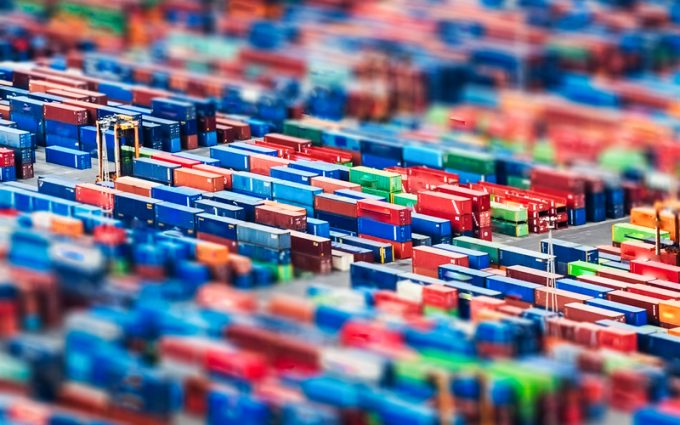Liners add capacity to Asia-ECSA as ocean rates hit 18-month high
With Asia-South America ocean freight rates at an 18-month high of around $4,350 per 40ft, ...

The message from ocean carrier operations centres is to urgently evacuate as much equipment as possible from Europe and the US back to Asia on the first available sailings.
Exporters from Europe and the US have hitherto enjoyed an abundance of containers provided by carriers, as depots have for some time been brim-full of equipment of all types.
However, there will now be concerns that there could be a repeat of the post-Covid demand boom, when lines opted to reposition boxes to Asia, to take advantage of sky-high headhaul rates, rather than allocate them for export use.
According to various data tracking services, the number of containerships that have been, or will be, re-routed around the Cape of Good Hope that were scheduled to transit the Suez Canal is approaching 500, carrying some six to seven million teu.
The significantly longer round-trip voyage times via Africa will not only soak up surplus liner vessel capacity, but will also throw ocean carrier container control systems out of kilter.
One forwarder told The Loadstar that carriers were being ‘non-committal’ about equipment.
“We are seeing 40GP issues and 20GP issues ex-North China feeder ports – nothing major, but it’s coming. Carriers have no forward view that they can, or want to, advise; it’s a case of first come, first served.
“The carriers would, or should, be able to predict and forecast where their containers are and where the pinch points will be,” added the forwarder.
Vespucci Maritime’s Lars Jensen believes the temporary shortage of equipment in Asia will have a major impact on the supply chain – more so than vessel capacity.
“Every week there is approximately 390,000 teu loaded from Europe and the US east coast going back to the Far East as a mix of full and empties. The impact of the round-Africa change means 780,000 teu less will arrive in the Far East in time for the beginning of the Chinese New Year peak over the next four weeks,” he said.
He believes this will create shortages in key locations.
Check out this clip of Olaf Habert, director of container operations for Hapag-Lloyd, explaining why the company is working with Nexxiot as it fits entire fleet of containers with real-time monitoring devices
Indeed, anecdotal reports to The Loadstar suggest this is already happening in China, with carriers restricting equipment release to VIP customers, or to spot bookings where the market rate, for instance, for guaranteed January shipment of a 40ft to North Europe is now north of $10,000.
Mr Jensen said the upcoming supply/demand crunch would be “less a matter of ships and more a matter of equipment”.
He added: “In turn, this also means that all export trades out of the Far East will feel this impact, not just those that usually go through the Suez Canal.”
Moreover, The Loadstar has even heard reports of transatlantic carriers suggesting there could be future equipment shortages on this route.
Carriers are already hiking their base rates from Europe to the US east coast, with, for instance, CMA CGM announcing a “rate restoration initiative” for the trade of $1,000 per 40ft from 21 January, from all European ports to the US, Canada and Mexico.
Maersk has announced a peak season surcharge of $750 per 40ft from North Europe to the US and Canada from 5 February, which it said was necessary “due to the dynamic market situation causing disruptions on global networks”.
One of The Loadstar’s NVOCC contacts that has regular shipments via Antwerp to New York was ‘less than impressed’ by what he described as the “opportunism” of transatlantic carriers raising rates on the route.
“I can’t see why ships sailing from Asia having to go around Africa has got anything to do with the transatlantic trade,” he said. “Unfortunately, we’ve seen this all before; any opportunity and the lines will ramp up their rates across the board.”
Comment on this article